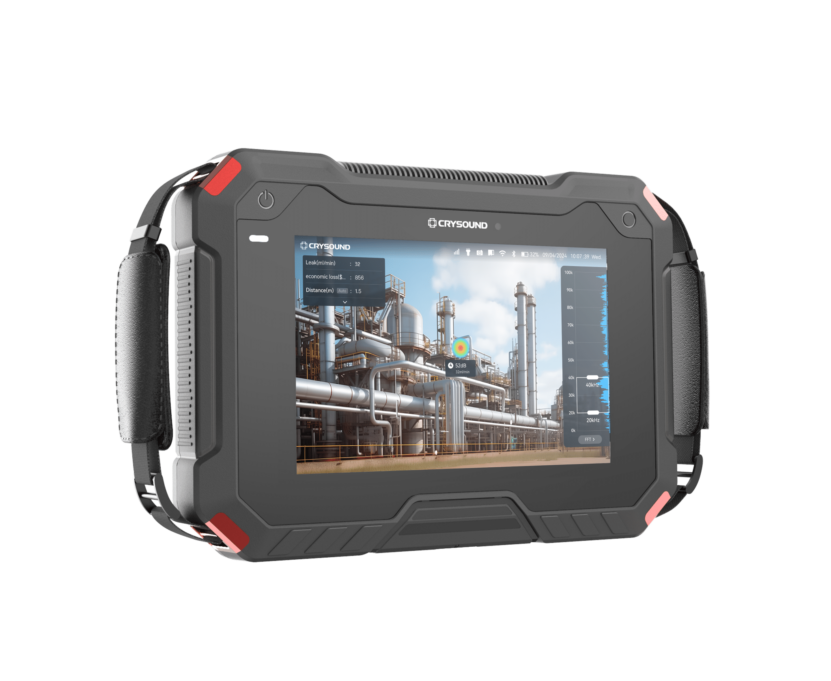Sound has always played an important role in how we interact with the world. From engineers identifying mechanical faults to environmental experts monitoring noise pollution, the ability to understand and analyse sound has vast applications. Traditionally, sound analysis relied on microphones and recording equipment. However, with advances in technology, a new tool has emerged that allows us to visualise sound: the acoustic camera.
This innovative device does not just capture noise but also translates it into clear, visual images that can be easily interpreted. By doing so, it bridges the gap between sound perception and visual understanding, helping professionals across multiple industries work more effectively.
What is an Acoustic Camera?
An acoustic camera is a device that uses an array of microphones combined with sophisticated software to detect, locate, and visualise sources of sound. The output is typically a colour-coded map superimposed on an image or video, which shows the intensity and direction of sound in real time.
Unlike traditional sound measurement tools, which may only record decibel levels, an acoustic camera provides a detailed picture of where sound originates. This makes it particularly useful for identifying complex or hidden noise sources that would otherwise be difficult to detect.
How Acoustic Cameras Work
The operation of an acoustic camera is based on beamforming technology. Here’s a simplified breakdown:
- Microphone array ─ Dozens, sometimes hundreds, of microphones are arranged in a specific pattern.
- Signal processing ─ Each microphone captures sound waves. Advanced algorithms analyse the time delay between signals.
- Visual mapping ─ Using this data, the system calculates where the sound is coming from and projects it visually on a screen, often in the form of a heatmap.
This visual representation helps engineers and technicians quickly pinpoint sources of noise or vibration without extensive trial-and-error.
Applications Across Industries
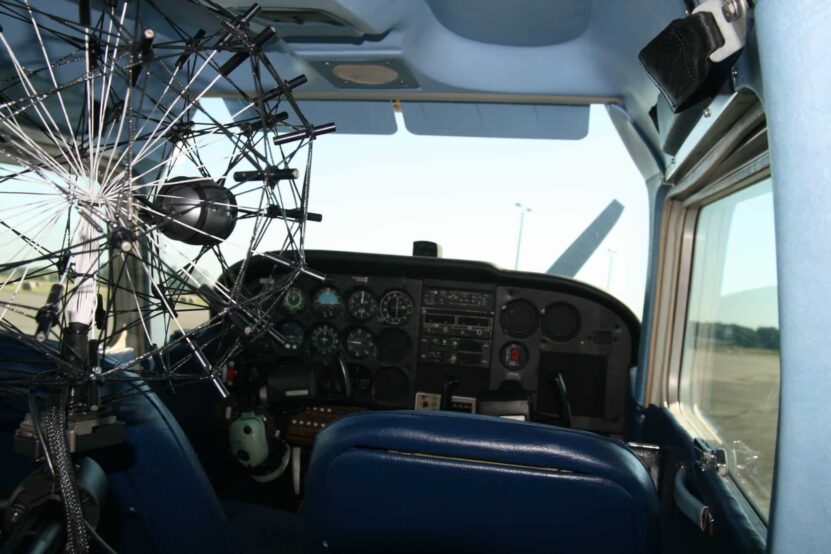
Automotive and Aerospace
Vehicle manufacturers use acoustic cameras to detect unwanted noise inside cars, planes, and trains. By identifying rattles, vibrations, or aerodynamic issues, engineers can improve passenger comfort and refine design.
Manufacturing and Industrial Settings
In factories, acoustic cameras can locate air leaks, faulty bearings, or malfunctioning equipment. This helps reduce downtime, improve safety, and cut energy costs.
Environmental Noise Monitoring
Noise pollution is a growing concern in urban areas. Acoustic cameras allow environmental agencies to measure and visualise sound from traffic, construction sites, and industrial activity. This makes regulatory compliance and community engagement more transparent.
Research and Development
In laboratories, researchers use acoustic imaging to study how sound interacts with different materials. This supports innovation in product design, acoustics, and soundproofing technologies.
Benefits of Using an Acoustic Camera
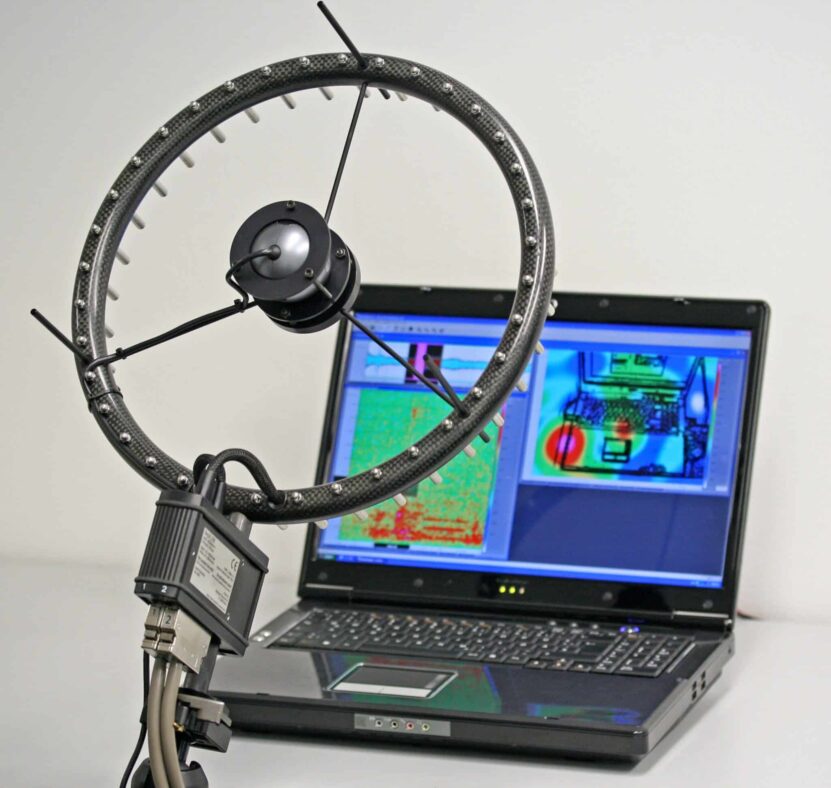
Precision and Speed
Traditional noise detection can be time-consuming. Acoustic cameras provide instant results, allowing problems to be diagnosed quickly.
Cost Efficiency
By identifying issues such as leaks or mechanical failures early, companies can prevent costly breakdowns or energy losses.
Enhanced Communication
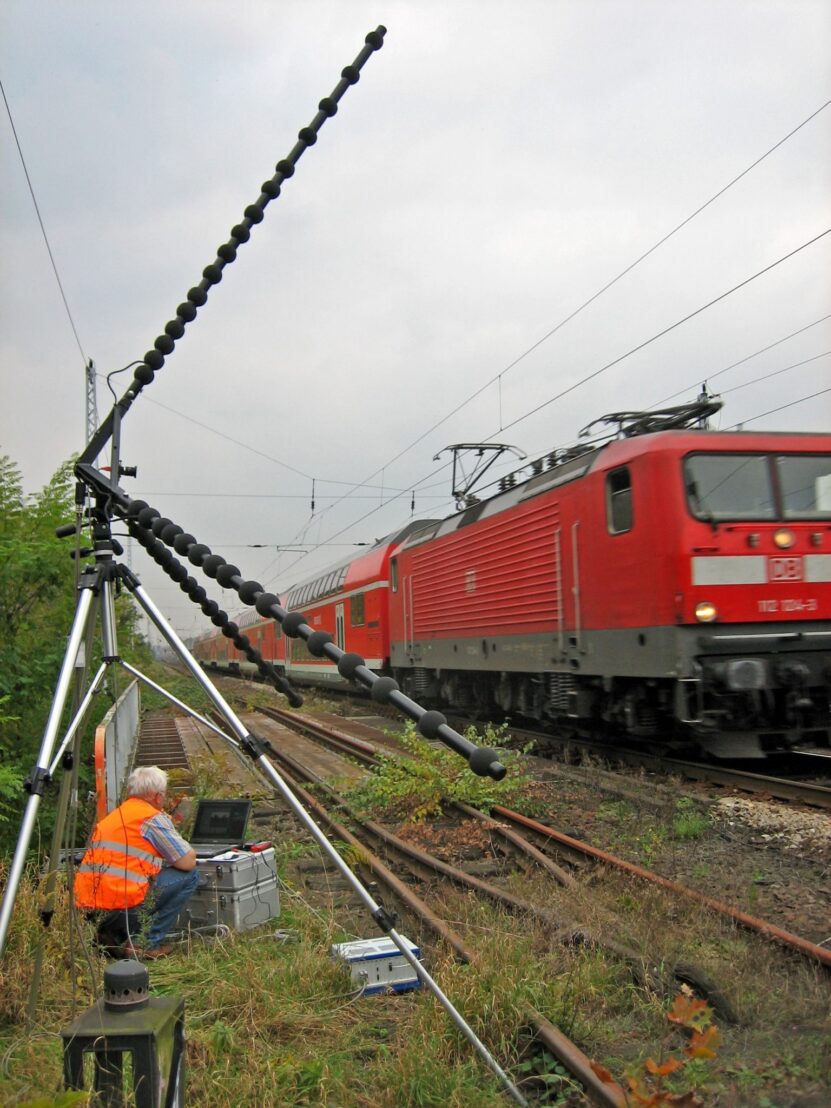
The visual aspect makes it easier to explain findings to stakeholders who may not have technical expertise. A heatmap of noise is far more persuasive than a table of sound readings.
Versatility
Whether in a noisy factory floor, an open construction site, or a controlled laboratory, acoustic cameras adapt to a wide range of environments.
Challenges and Considerations
While the technology offers many advantages, there are also factors to consider. Acoustic cameras can be expensive, and their effectiveness may vary depending on background noise levels and environmental conditions. Skilled operators are often required to interpret the results correctly. Despite these challenges, the benefits often outweigh the drawbacks, especially in industries where efficiency, safety, and compliance are critical.
The Future of Acoustic Imaging
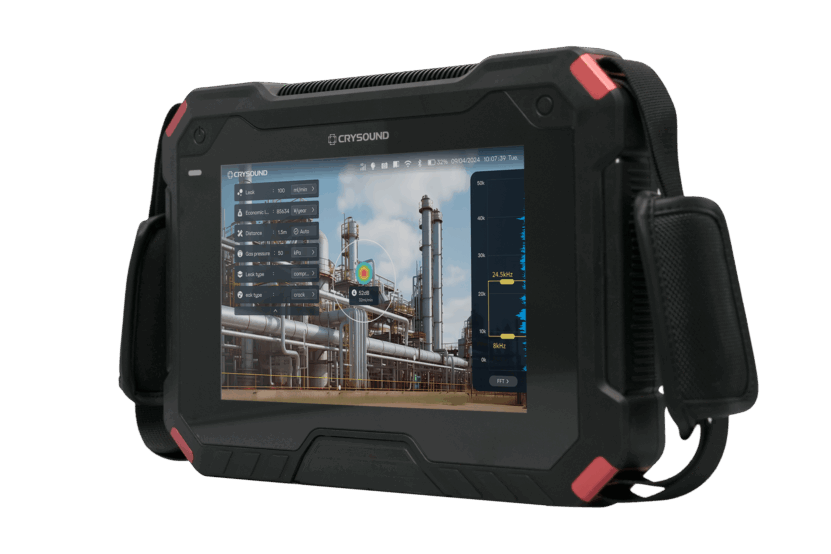
As technology advances, acoustic cameras are becoming more compact, affordable, and accessible. Improvements in AI and machine learning are also enhancing their capabilities, allowing for automated fault detection and predictive maintenance. This means industries will be able to prevent issues before they occur, further streamlining operations.
Moreover, the growing focus on sustainability and noise regulation is driving demand for acoustic imaging solutions. From quieter vehicles to better city planning, acoustic cameras will continue to play a role in shaping a more efficient and less noisy world.
Conclusion
Acoustic cameras have revolutionised the way we understand and control sound. By providing a clear visual representation of noise sources, they make it easier for professionals to identify, analyse, and resolve sound-related issues. Their applications span from manufacturing and automotive engineering to environmental monitoring and scientific research, offering significant benefits in precision, efficiency, and communication.
For businesses and organisations looking to explore the potential of this technology, investing in an acoustic camera can open the door to improved operations, compliance, and innovation. As the technology continues to evolve, its impact across industries is only set to grow.
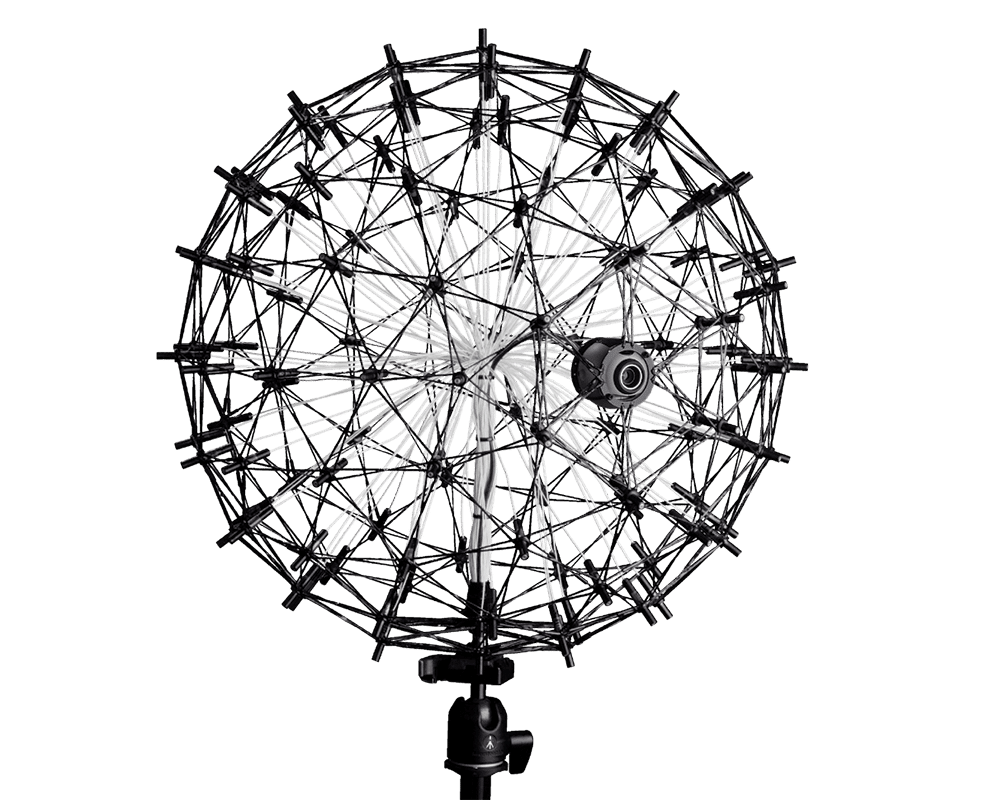
Beyond industrial and environmental applications, acoustic cameras are also finding their place in fields that were once considered unrelated to sound analysis. For example, in the field of architecture and urban planning, they are being used to design quieter buildings and public spaces by pinpointing acoustic weak spots before construction even begins. In healthcare, researchers are exploring their use in medical diagnostics, such as detecting irregularities in respiratory or cardiovascular sounds, potentially enabling non-invasive diagnostic techniques in the future.
Education and training are another growing area of application. Because acoustic cameras translate sound into a format that is easy to understand visually, they are excellent tools for teaching students and technicians about acoustics, sound propagation, and noise control. They also support more collaborative decision-making, as non-technical stakeholders can interpret results without needing in-depth audio engineering expertise.
As these technologies continue to evolve, we can expect even deeper integration with smart systems, including automated monitoring solutions and Internet of Things (IoT) networks. This convergence will allow acoustic cameras to function not only as diagnostic tools but as active components in intelligent, self-optimising environments. Ultimately, their versatility ensures they will remain an indispensable part of future innovation across countless industries.

